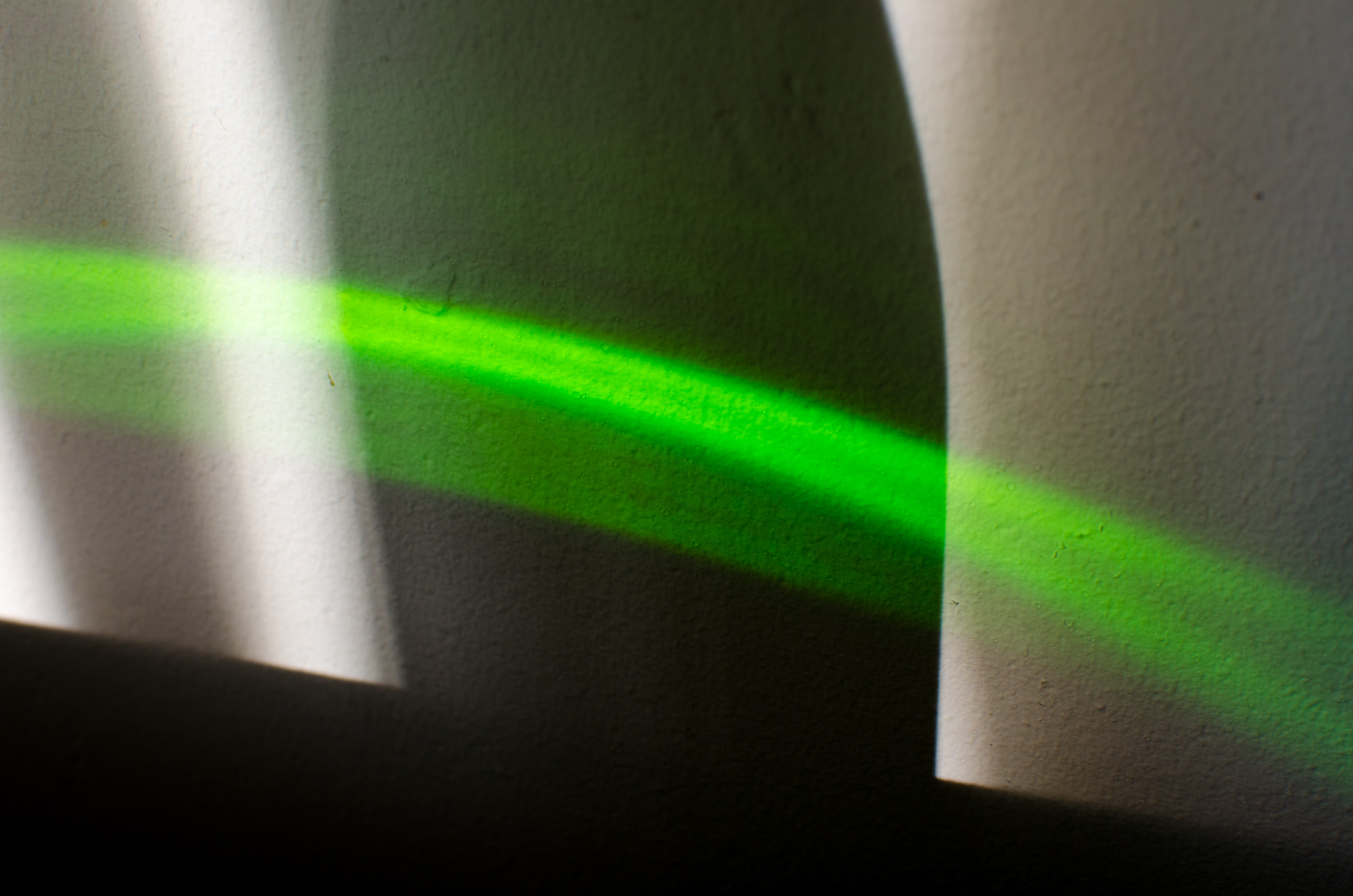Weingut Alzinger, Dürnsteiner Riesling Federspiel trocken, 2004
My love of German Riesling clearly has crossed the fine line that separates "famous" from "infamous": earlier this week a wine acquaintance on Twitter apologised to me for looking forward to having an Australian Riesling! To improve my image I decided there had to be a token non-German Riesling review on the Wine Rambler asap to hide that fact the deep down we do of course believe that the only good Riesling is a German Riesling.

So what better country to turn to than Austria, a country that like Germany has a range of confusing quality levels for wine, that features labels of a similar style and that, if it was not for the Austrian colours on the cap of every bottle, would on account of the language probably be mistaken for German by most international customers anyway. Selecting an Austrian Riesling will surely boost our post-nationalist credentials!
As it happened, I had an aged Austrian Riesling from a respectable winery in the Wachau region in my magic wine wardrobe. In the vineyards along the Danube Grüner Veltliner is king, but Riesling is also reasonably popular here. Like the Germans, the Austrians use a wine classification system based on must weight with categorisations like "Kabinett" or "Spätlese" that you have to study to understand. As if that was not complicated enough, the Wachau has an additional classification ranging from "Steinfeder" to "Federspiel" and the top "Smaragd" wines. Apart from a minimum must weight (making "Federspiel" similar to "Kabinett") the classification requires a certain alcohol level; for Federspiel ranging from 11.5-12.5% ABV.
In simple terms that means you are looking at an aged German Kabinett that is fermented dry (and from Austria of course). I am sure the average customer is now absolutely clear what to expect from this wine.

Instead of complaining about Germanic wine classification systems lets focus on the Alzinger Riesling instead. Pleasant to look at the clear wine of lighter golden colour even features a few tiny bubbles, which I certainly did not expect at that age. While pleasant to look at the overall impression is a somewhat more austere one - I don't mind that at all, but you should not expect an exuberant, floral, fruity charmer. The bouquet has some fine stone fruit, but more importantly it features camomile and herbal tea, sage, stone, a hint of smoke or rather burnt potato peel and beeswax. The austerity carries on on the tongue in a very similar way (sage, stone; a texture that is a little oily/waxy and finishes with a paraffin moment) but is nicely balanced by a hint of cucumber, citrus acidity and a touch of caramel.
This style may not appeal to everyone, but I found the Alzinger Federspiel an interesting representative of aged Riesling - neither the sweetness and fruit of the Mosel style nor quite of the depth of the really substantial dry Rieslings, but a wine that drinks very well and should also go nicely with light to medium food. Whether this will help my reputation I don't know, but with a nice Riesling in the glass who cares!
